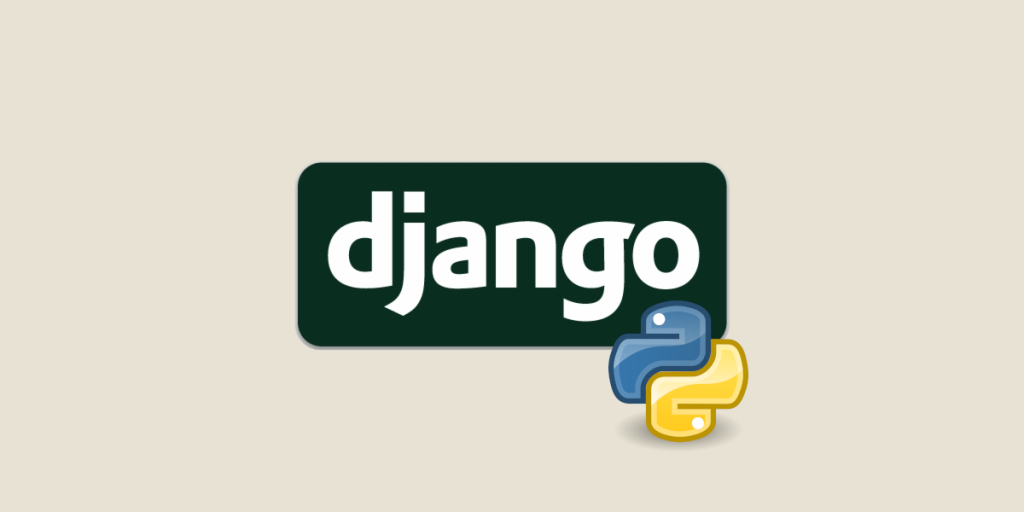Crafting a Dynamic Full-Stack Website: A Journey Through HTML, CSS, Bootstrap, PHP, SQL, and JavaScript
In the vast realm of web development, creating a dynamic and engaging full-stack website is an exciting endeavor. In this blog, we'll explore the process of building a robust website by combining the powers of HTML, CSS, Bootstrap for the front end, and PHP with SQL for the back end.

Full-stack Web Developer
A full-stack web developer is a person who can develop both client and server software.
Any website you visit is comprised of two parts:
- Front-end (client side).
- Back-end (server side).
Lets talk about the front end first. When you visit a website, what you see on your browser is the front-end. It includes the web-page, the layout, different styles, images, buttons, text etc.The back end is not only responsible for storing the user and transaction data, but it also should be able to serve web pages upon request.Below are some languages which can be used together to make a dynamic website by a full stack developer.
HTML (Hypertext Markup Language):
HTML forms the backbone of any web page. It provides the structure by defining elements like headings, paragraphs, images, and links. HTML acts as the content's skeleton, organizing information in a way that browsers can interpret and display.
CSS (Cascading Style Sheets):
CSS brings life to HTML by providing styling and presentation. It controls the layout, colors, fonts, and overall visual appeal of your website. CSS allows developers to create a seamless user experience by defining the look and feel of web elements.
Bootstrap:
Bootstrap is a front-end framework that simplifies the design process. It comes with a set of pre-built components and styles, making it easier to create a responsive and visually appealing website. With Bootstrap, developers can save time and effort by leveraging its grid system, navigation bars, modals, and more.
PHP (Hypertext Preprocessor):
PHP is a server-side scripting language designed for web development. It enables the creation of dynamic web pages by executing code on the server before sending the result to the client's browser. PHP seamlessly integrates with HTML and interacts with databases, making it a powerful tool for building robust back-end functionalities.
JavaScript (JS):
JavaScript, the language of interactivity! JS adds dynamism to your website by enabling you to create responsive and interactive user interfaces. It enhances user experience by allowing you to manipulate the DOM, handle events, and create dynamic content.
SQL (Structured Query Language):
SQL is the language used to manage and manipulate databases. In the context of web development, it plays a crucial role in storing, retrieving, and updating data. SQL allows developers to interact with databases efficiently, ensuring the persistence and accessibility of information on the server.
Conclusion:
In this blog, we've explored the essential components of building a full-stack website. HTML and CSS provide the foundation for content and style, while Bootstrap streamlines the design process, and JavaScript adds the dynamic touch. On the back end, PHP handles server-side scripting, and SQL manages the database, completing the dynamic web development cycle.
As you embark on your full-stack journey, remember that continuous learning is key. Stay curious, explore new technologies, and enhance your skills to create websites that not only meet but exceed user expectations. Happy coding!
What's Your Reaction?
































